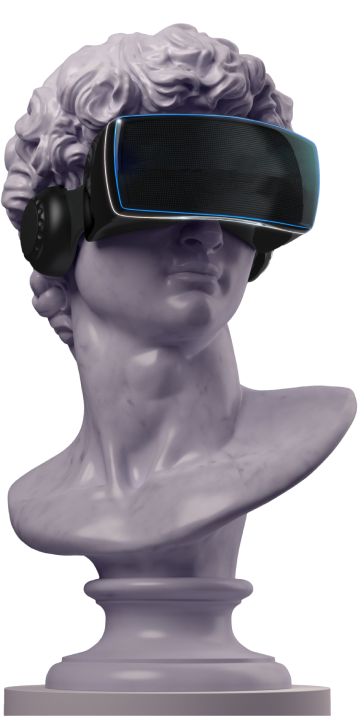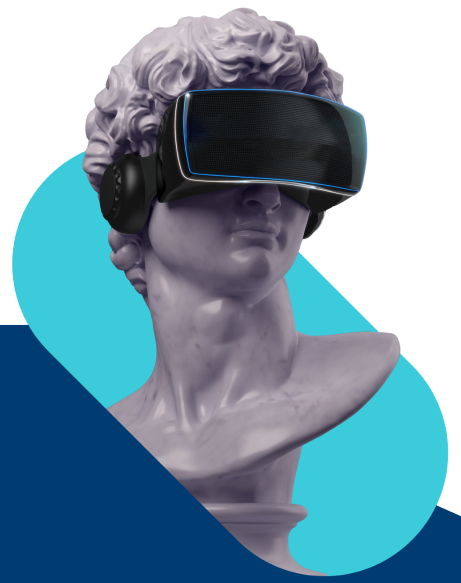
This is virtual, this is me
How identity will shape the future of the metaverse in the US

SCROLL FOR MORE




SCROLL FOR MORE


If you could be anything in the world… what would you be? Would you be the same person that your colleagues see at work, the person your friends know, or something completely different?
Since the internet was created, users have been able to experiment with their identity, and express themselves in ways that they previously couldn’t (or wouldn’t) in the real world. Usernames, bios, personas, and avatars have all been important ways for people to manage their online identities, whether it’s altering them slightly, or indulging in wild experiments.
In 2023, we’ll see this enter a new stage, as increasingly popular virtual worlds like Fortnite and Roblox provide more tools for identity play. Drawing on some clues from internet history, and insights about the people who currently use these spaces, here’s what you should know in the year ahead.
Unlock the full digital experience and receive a good ol’ fashioned PDF, too.




Let’s start by setting the scene. A purple-haired character with fairy wings dances in a nightclub on a virtual island, created to promote a TV show based in Los Angeles, known for its pioneering portrayal of LGBTQ+ characters. Soon after, the island will host a sponsored Pride event, and the show will eventually go on to win an Emmy. The show is The L Word, and the year is 2007.
The program forged a unique connection with its loyal and passionate fan base, moving beyond the traditional television experience, and embracing the possibilities of virtual worlds. It may be old in internet terms, but how its community operated is extra relevant now, with community being a standout motivation for those interested in the metaverse.
Compared to the average American, those interested in the metaverse are over 3x more likely to buy products/services to access the community built around them, and over 4x more likely to buy tech products as soon as they’re available. They’re a confident, affluent, and risk-taking group who want to be the first to try new things. But for these reasons, attention needs to be paid to how the metaverse is beginning to take shape.
These interested Americans may be the first to take virtual steps in the metaverse, but they don’t represent all those who actually prefer to spend their time online, rather than in the real world. Consumers in that latter group are more likely to be low income, part of the LGBTQ+ community, and have a physical disability. Success in 2023 means ensuring their needs are catered for in virtual spaces.